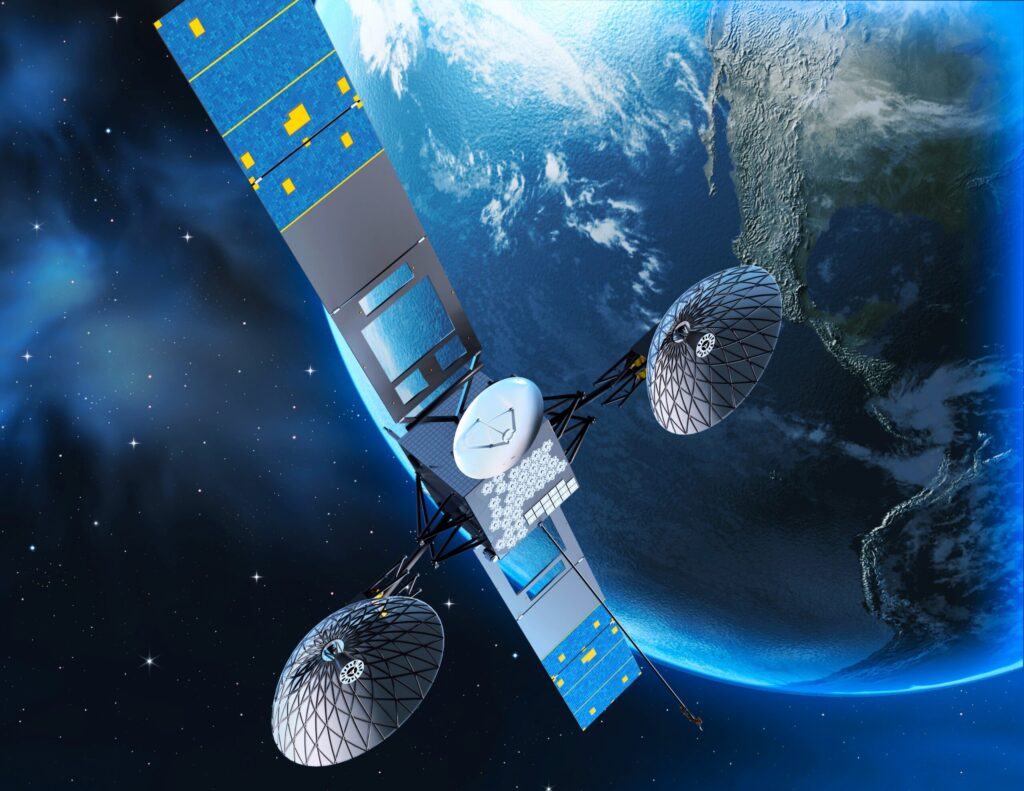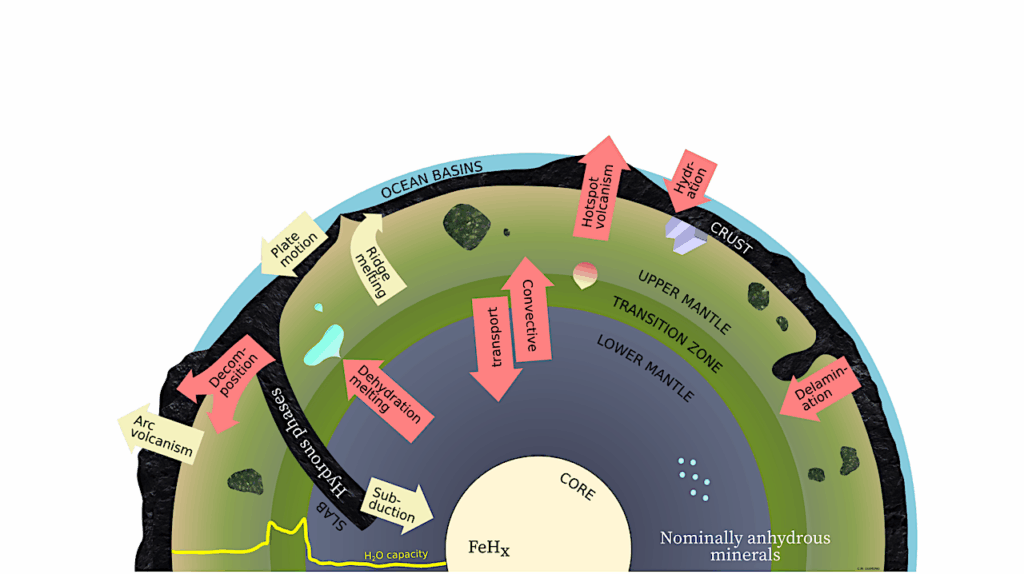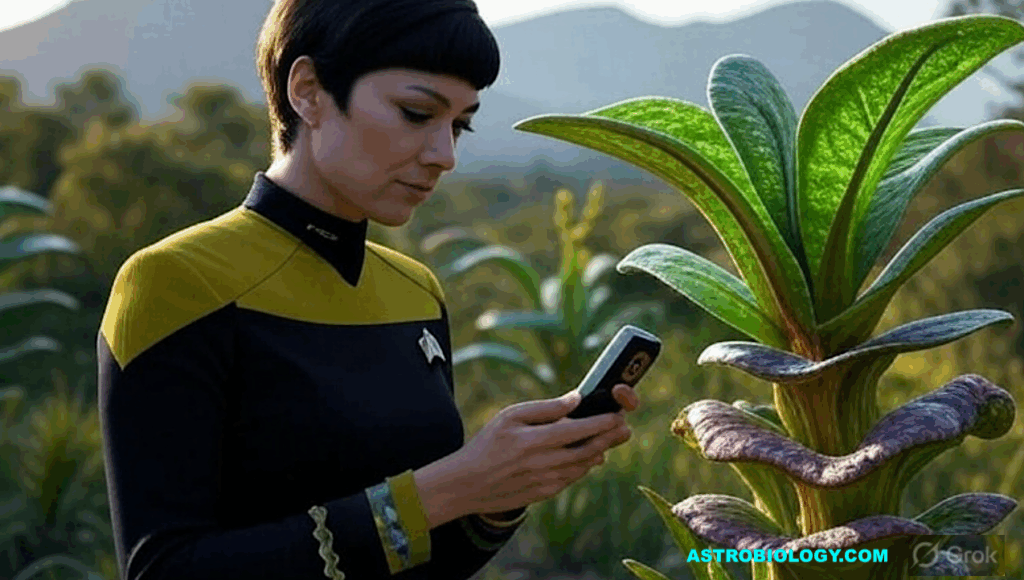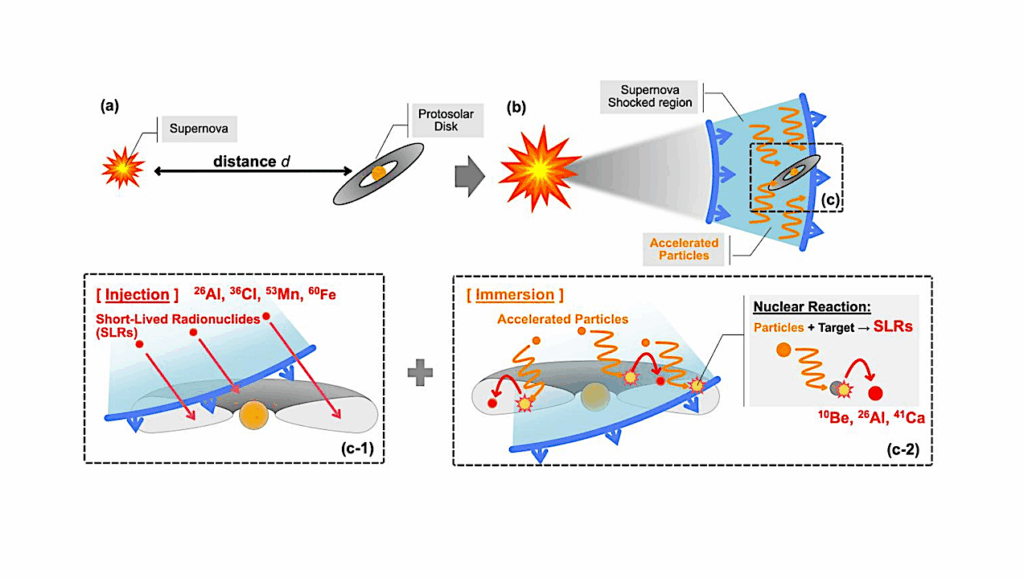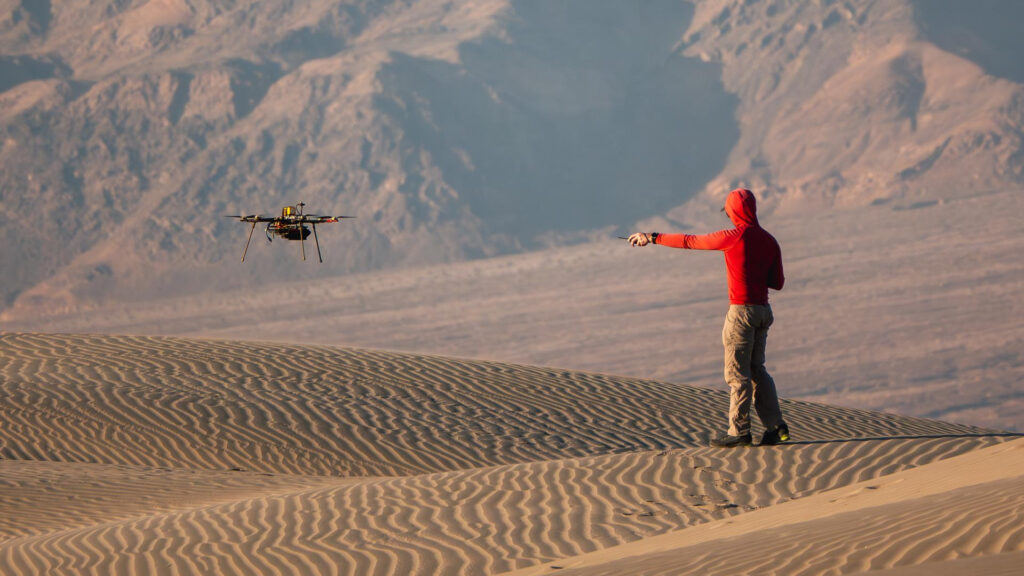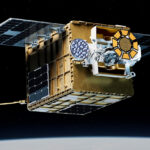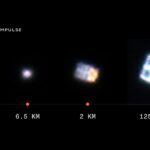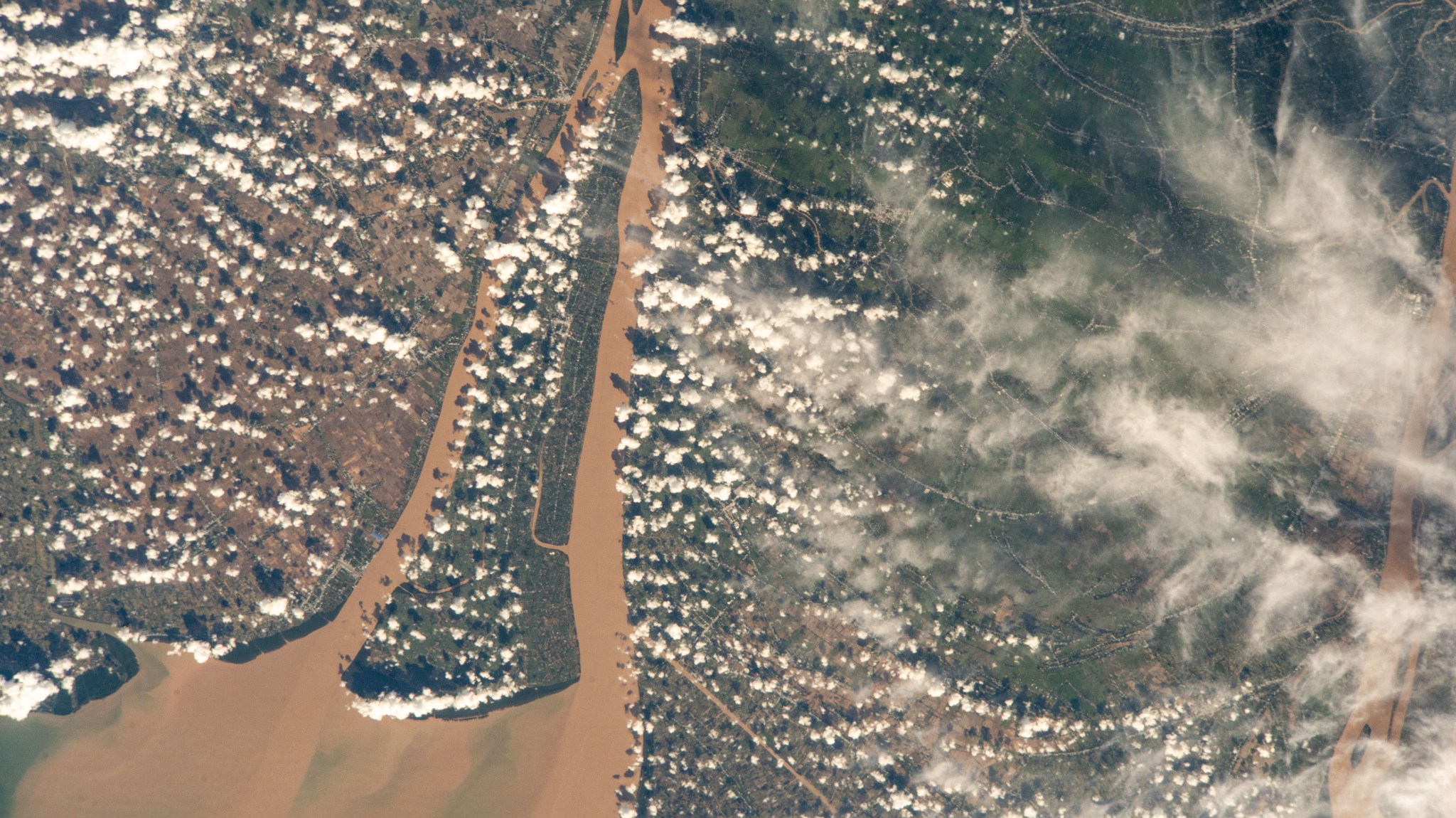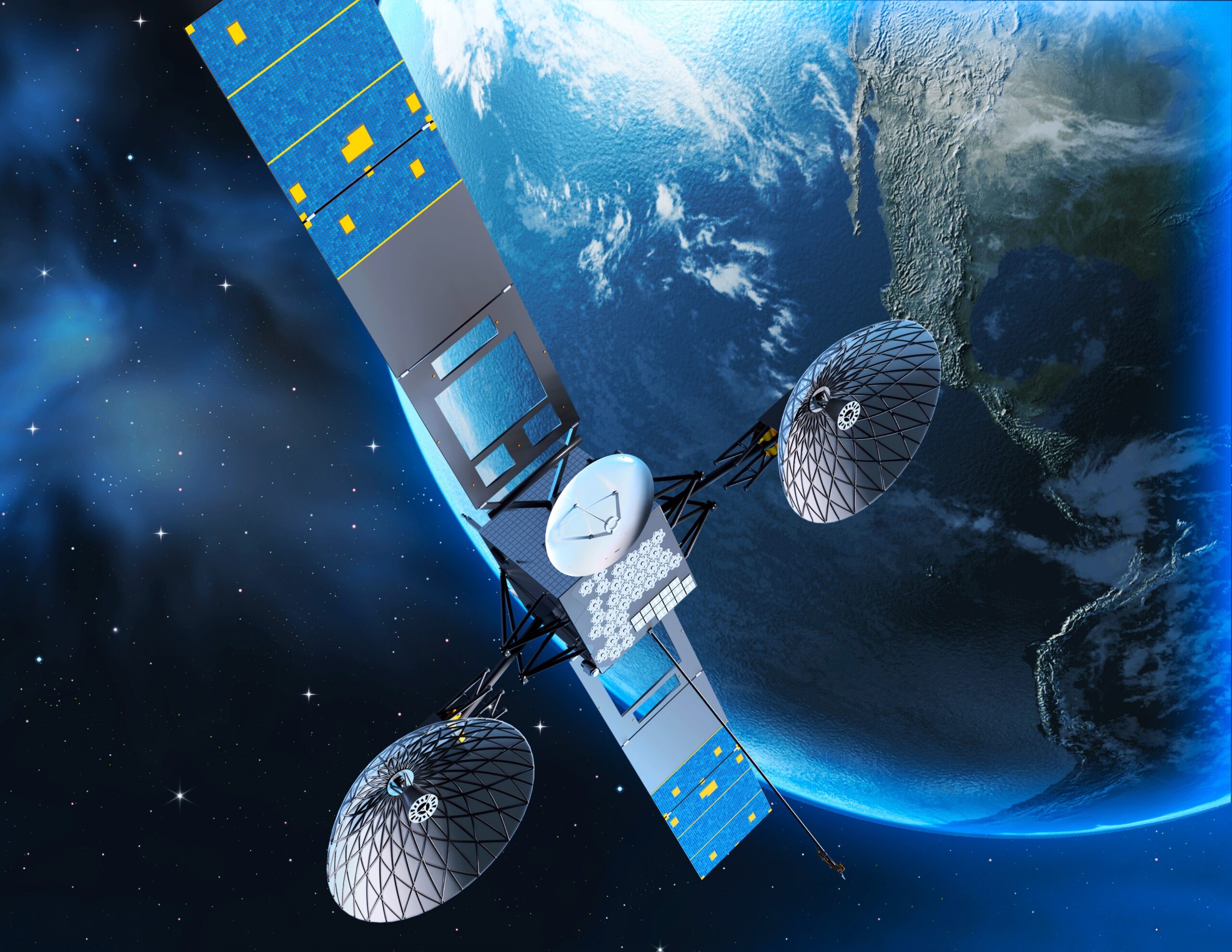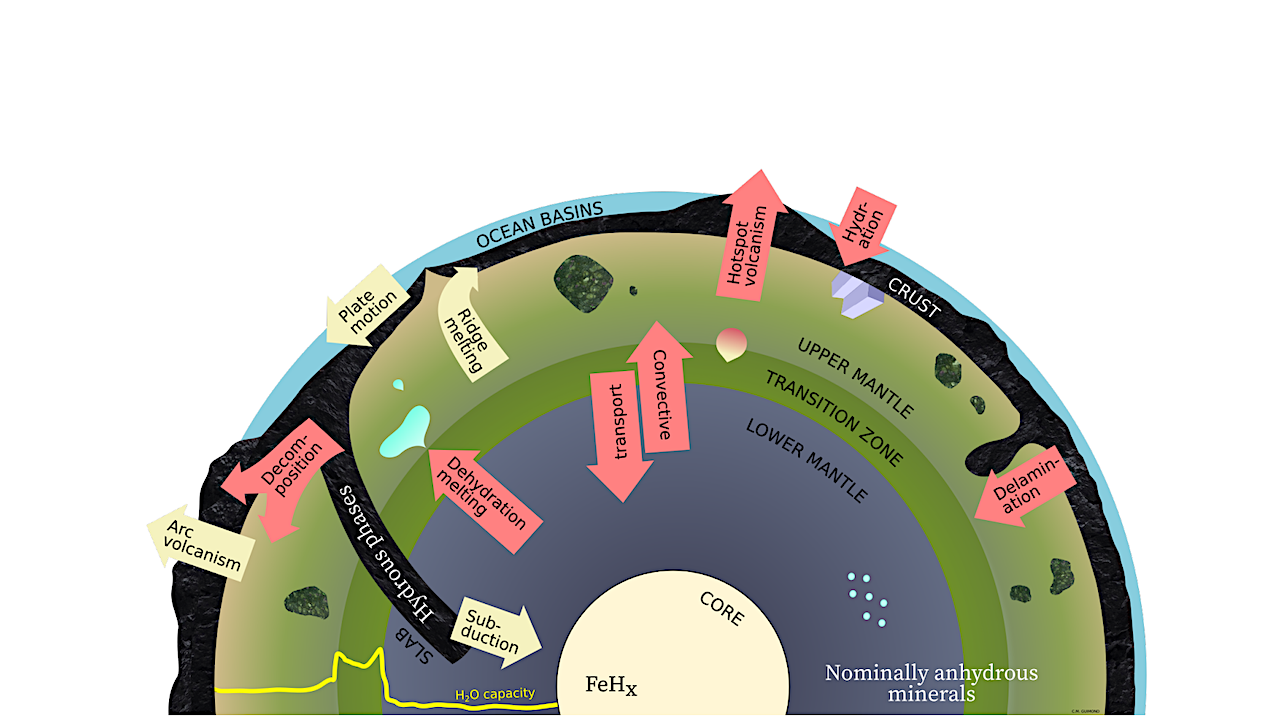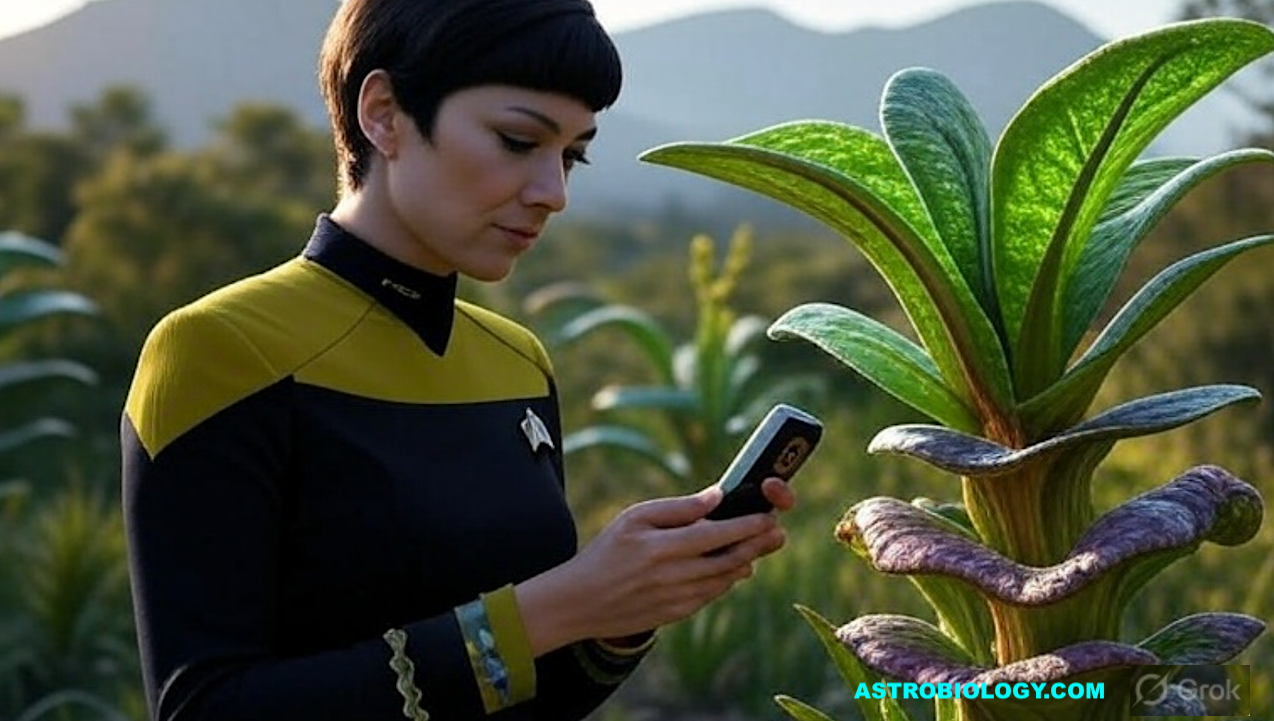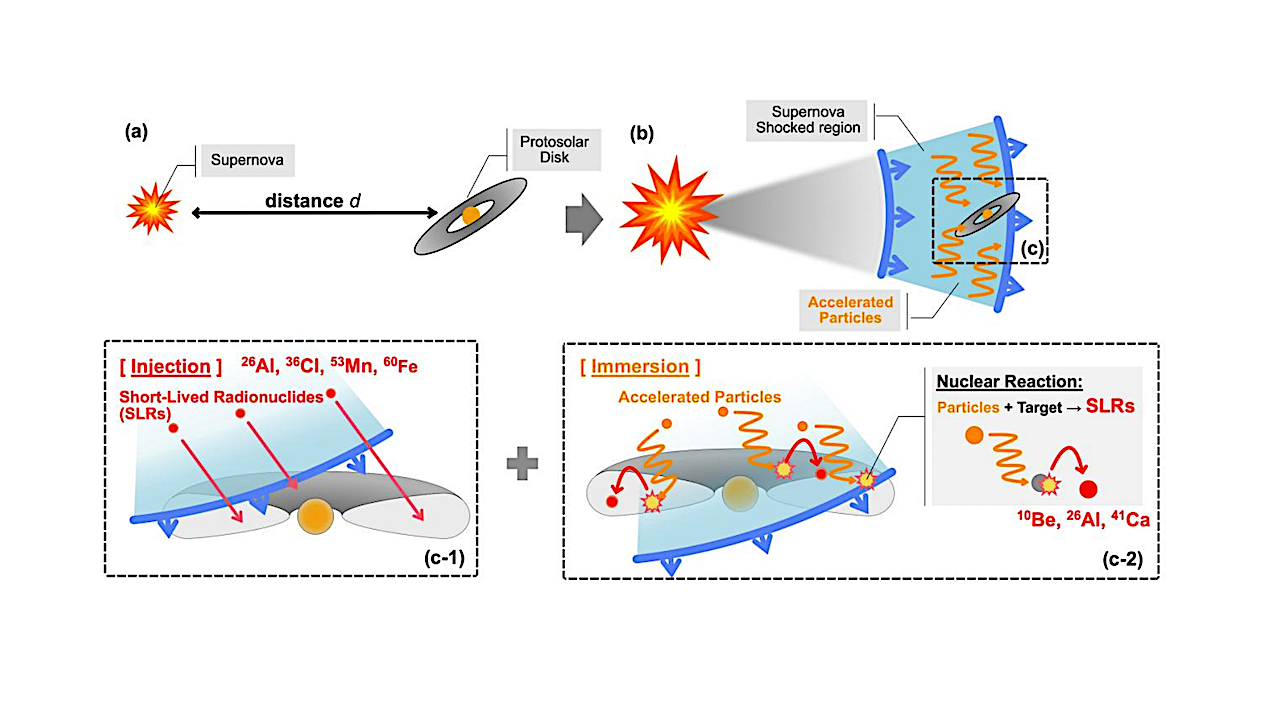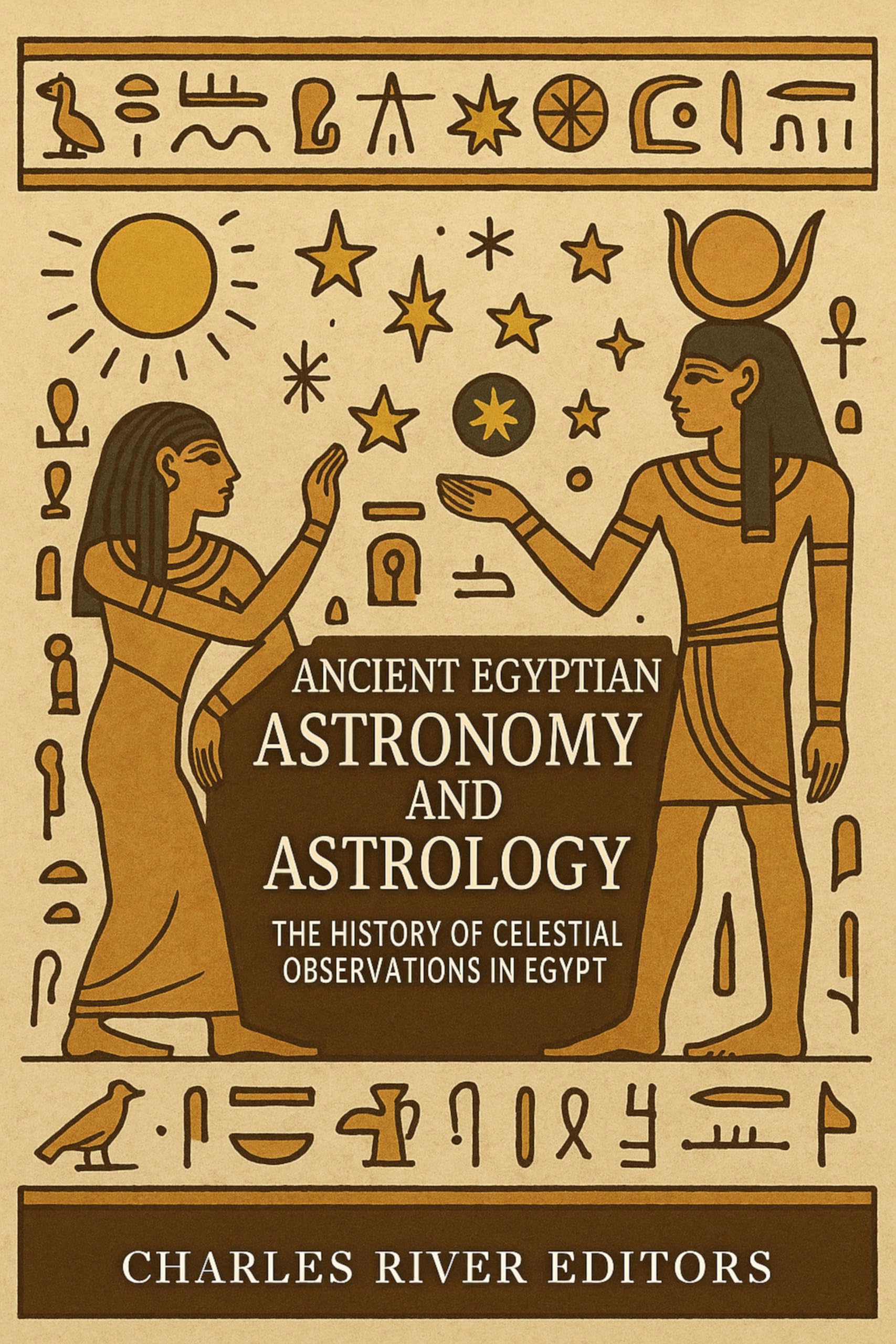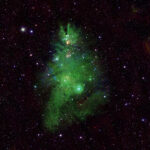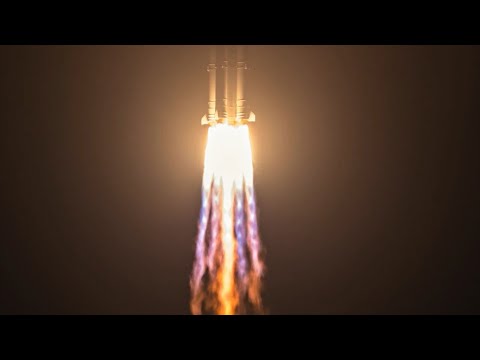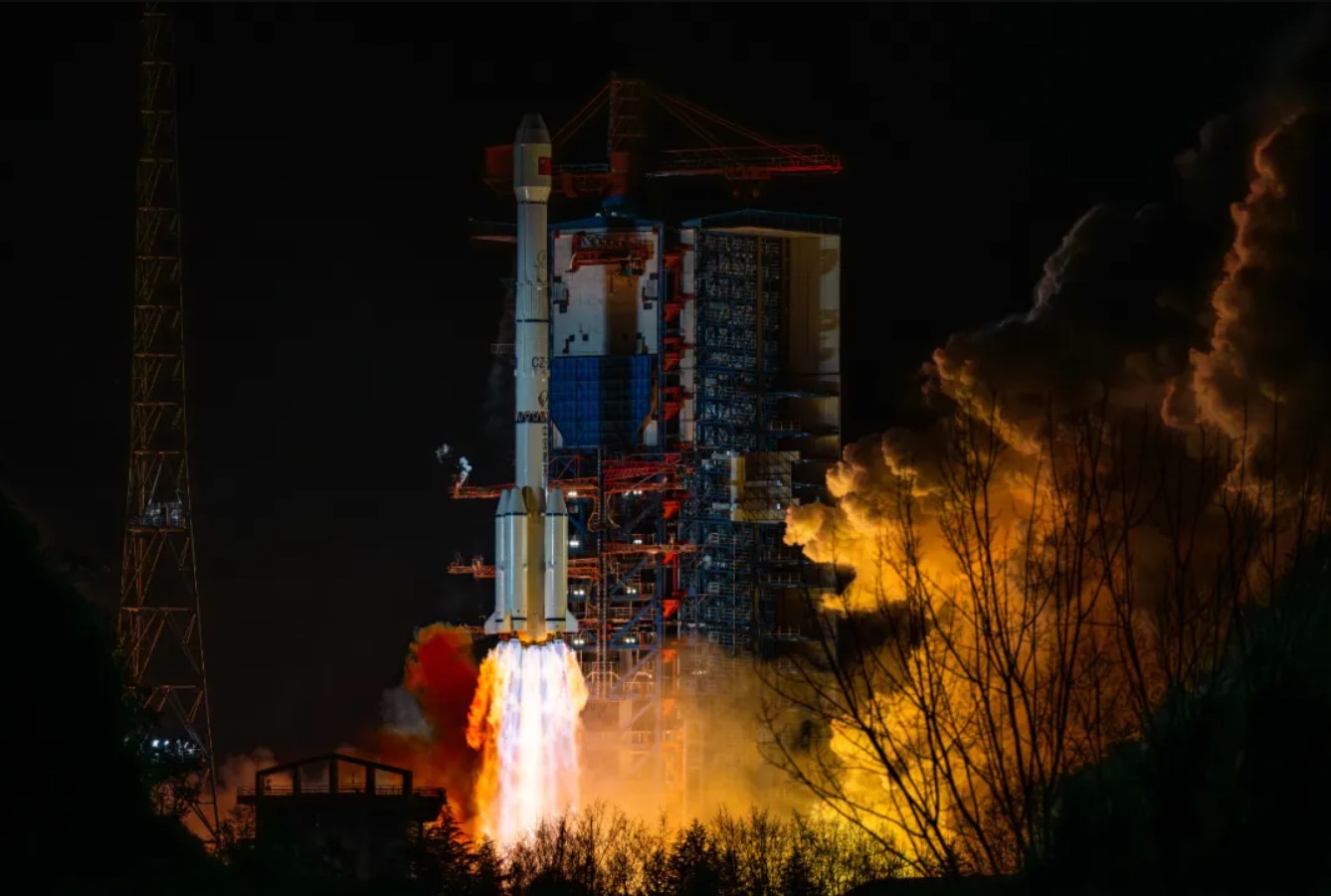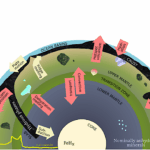Enjoy 24 festive astronomical images this month! Click to explore full-screen and for a brief description.
In the grand tapestry of human civilization, few threads are as vibrant and compelling as those woven by the ancient Egyptians. Their legacy, steeped in the mysteries of the cosmos,
EO Science Earth Observatory A Glimpse of History in Benin… Earth Earth Observatory Image of the Day More Subscribe January 11, 2025 In some ways, Benin City is like
This December, enthusiasts of the cosmos are in for a treat as they have the opportunity to delve into 24 stunning astronomical images. Throughout the month, each day will unveil
Japan is a lion in kittens’ clothing. In both land area and population, it pales in comparison to the likes of the United States, China, India, Brazil, and Russia. In
What can water in Jupiter’s atmosphere teach scientists about the planet’s composition? This is what a recent study published in the Proceedings of the National Academy of Sciences hopes to
What steps can be taken to improve and enhance the lifetime of space solar cells? This is what a recent study published in Joule hopes to address as an international
Chemical rockets have taken us to the Moon and back, but traveling to the stars demands something more powerful. Space X’s Starship can lift extraordinary masses to orbit and send
HELSINKI — China launched the latest in a series of experimental, often opaque satellites Sunday, while the debut flight of the commercial Zhuque-3 faces a delay. A Long March 7A
HELSINKI — China’s experimental Shijian-21 and Shijian-25 satellites have separated in geosynchronous orbit after being docked for months conducting apparent low-profile on-orbit refueling tests. Shijian-21 and Shijian-25 performed rendezvous and
-
 012024 in Review: Highlights from NASA in Silicon Valley
012024 in Review: Highlights from NASA in Silicon Valley -
 02Panasonic Leica Summilux DG 15mm f/1.7 ASPH review
02Panasonic Leica Summilux DG 15mm f/1.7 ASPH review -
 03From Polymerization-Enabled Folding and Assembly to Chemical Evolution: Key Processes for Emergence of Functional Polymers in the Origin of Life
03From Polymerization-Enabled Folding and Assembly to Chemical Evolution: Key Processes for Emergence of Functional Polymers in the Origin of Life -
 04How New NASA, India Earth Satellite NISAR Will See Earth
04How New NASA, India Earth Satellite NISAR Will See Earth -
 05And Thus Begins A New Year For Life On Earth
05And Thus Begins A New Year For Life On Earth -
 06Astronomy Activation Ambassadors: A New Era
06Astronomy Activation Ambassadors: A New Era -
07SpaceX launch surge helps set new global launch record in 2024


